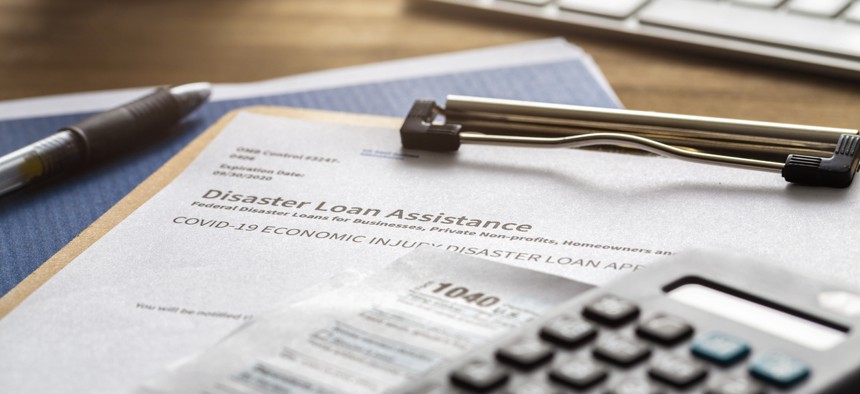How to Assemble a Successful Grant Proposal

iStock.com/mphillips007
COMMENTARY | Knowing how to put together a competitive grant proposal that stands out can help governments deliver more impact to their communities.
With revenue shortfalls facing state, local and tribal governments, grant funding has never been more critical in providing economic and health-based aid.
A competitive grant proposal can mean the difference between continuing to struggle with declining revenue or improving the long-term economic outlook. Below is an overview of three important funding streams outside of Covid-19 relief aid that can help governments as well as five practical steps to help applicants write a stronger, more competitive grant proposal.
Three Types of Grants
Depending on an agency’s mission and the communities it serves, there are three main alternative grant funding opportunities to consider:
- Economic development grants and loans offered by the U.S. Department of Commerce and its bureaus, including the International Trade Administration, Economic Development Administration and National Institute of Standards and Technology.
- Infrastructure grants like the Consolidated Appropriations Act of 2021 included $1 billion in grants for tribal governments to improve broadband connectivity and $300 million to support broadband infrastructure deployment to underserved rural areas. Private companies may also offer grants to states and localities.
- Emergency services grants from the U.S. Departments of Health and Human Services and Homeland Security and the Federal Emergency Management Agency that cover expenses for emergency medical services, public health, equipment, training and salaries in order to protect communities.
Five Steps for Assembling a Successful Government Grant Proposal
There is no single template that can address the various and complex types of funding opportunities. However, the following steps are informed by certified grants management specialists and can help make a grant proposal stand out.
Identify the Need. When applying for a grant, it’s important to first answer the following questions: Whom will this funding benefit? What outcomes are we hoping to achieve? How does this need align with the mission of my organization? Will this be for a new project or services, project expansion or community needs?
Build a Team and Timeline. If an agency or department doesn’t have a grants office, then it’s important to assemble a centralized grants management team. That team should include individuals with the right communication and grants management skills to help navigate the proposal process as well as monitor, coordinate and report any incoming funds.
Additionally, one of the most universal challenges applicants encounter when pursuing a grant is failing to understand the time it takes to develop one. That’s why it’s ideal to prepare one to three months in advance, when possible.
Gather Information. Grants require supporting documentation and statistics. For example, if you’re hoping to fund a construction project, determine where you would build. Do you need an environmental study completed? What population would be served – urban vs. rural? Make sure that whatever information you compile it includes targeted data that covers the community or communities that will benefit from the grant funds.
Determine the Funding Amount. Many agencies make the mistake of underestimating the costs of a project and ask for too little, realizing they could have used more to cover needs like indirect costs (i.e., IT support, administrative support, etc.). At the same time, borrowing more than needed can lead to serious trouble like audit findings or having to return unspent money to the federal government.
Make sure to determine your agency’s indirect costs in advance, carefully read the requirements of each funding opportunity to determine how much an awarding agency is actually offering, and apply for enough to cover both your direct and indirect costs.
Develop Your Methodology. The bulk of your methodology—as part of the proposal narrative—should contain detailed descriptions of what project activities will be conducted and how they will be carried out. For example, if an agency is applying for community development grants to provide more emergency hospitals for Covid-19 patients, the methodology should detail how they plan to acquire shelter facilities, offer services and reach out to those in need of the facilities.
The grants writing process can get overwhelming pretty quickly. By aligning the grants process with these five steps, grant applicants can determine the feasibility of putting together an application and ensure they can present a more competitive proposal.
As chief customer officer for eCivis, Merril Oliver leads the company’s key business strategies, product development, and growth initiatives. Merril previously served as the director of the Maryland Governor’s Grants Office, a nationally recognized “best practice” by the National Governors Association, where she revolutionized an enterprise approach to full lifecycle grants management during 2015-2017. Merril is also a past president of the National Grants Management Association (NGMA), having served three consecutive terms (2009-2012).
NEXT STORY: White House taps Robin Carnahan for top GSA spot





